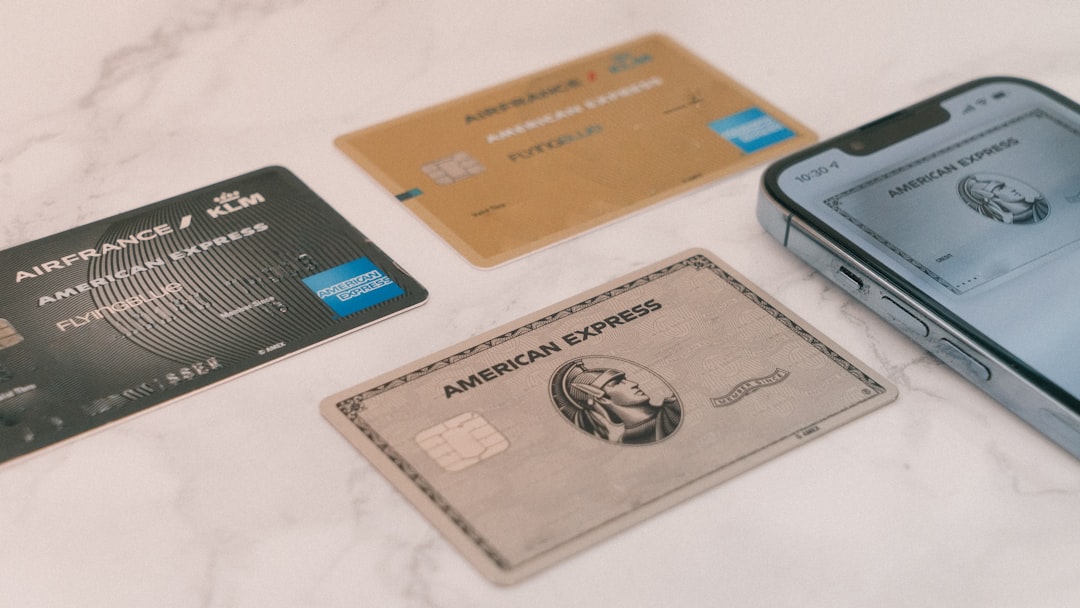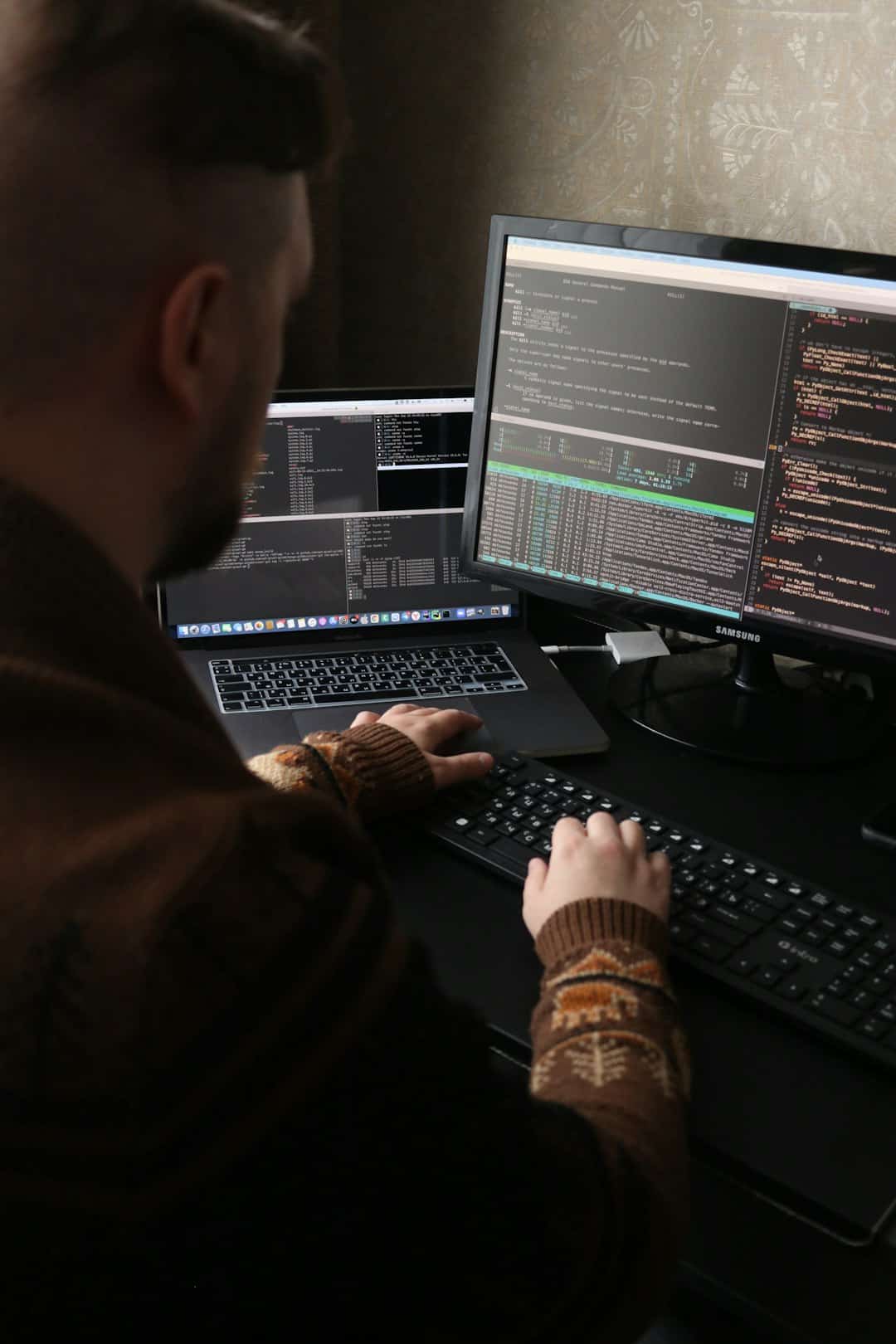Fix Windows 10/11 Start Menu Critical Error (Step-by-Step)

Experiencing a “Start Menu Critical Error” on your Windows 10 or Windows 11 machine can be incredibly frustrating. Unfortunately, this issue is not uncommon and tends to occur after installing updates, corrupted user profiles, or conflicting software. In this guide, we’ll walk you through a step-by-step process to troubleshoot and fix the Start Menu Critical Error on your system in the most effective and secure way.
This error message typically reads: “Critical Error – Your Start Menu isn’t working. We’ll try to fix it the next time you sign in.” If you’re encountering this message, follow these steps carefully to restore full functionality to your system without risking your data or system integrity.
Step 1: Restart Windows Explorer
Sometimes, a simple restart of Windows Explorer can help reset the Start Menu interface without any major intervention.
- Press Ctrl + Shift + Esc to open the Task Manager.
- Scroll down and find Windows Explorer in the list of running processes.
- Right-click on Windows Explorer and select Restart.
Wait a few seconds for the screen to refresh, and check if the Start Menu is functioning correctly. If the problem persists, proceed to the next step.
Step 2: Boot into Safe Mode with Networking
Entering Safe Mode helps identify third-party app conflicts or driver issues that may be causing the Start Menu to malfunction.
- Press Windows + R to open the Run dialog box.
- Type msconfig and press Enter.
- Go to the Boot tab.
- Check Safe boot and then choose Network.
- Click Apply and restart your computer.
In Safe Mode, try accessing the Start Menu. If it works here, it means something in the normal startup sequence is interfering. You’ll need to perform a clean boot next.
Step 3: Perform a Clean Boot
Doing a clean boot starts Windows with only the essential services and programs. This can help detect whether a software conflict is behind the issue.
- Press Windows + R, type msconfig, and press Enter.
- Go to the Services tab, check Hide all Microsoft services, and click Disable all.
- Now go to the Startup tab and click Open Task Manager.
- Disable all the startup items listed.
- Close Task Manager, click OK, and restart your PC.
Check the Start Menu again. If it works now, you’ll need to re-enable services one-by-one to determine what is causing the conflict.
Step 4: Use Windows PowerShell to Re-register the Start Menu
PowerShell is a powerful command-line utility for managing Windows systems. Use it to fix corruption in the Start Menu component.
- Press Ctrl + Shift + Esc to open Task Manager.
- Click File > Run new task.
- Type powershell and check the box that says Create this task with administrative privileges.
- Paste the following command and press Enter:
Get-AppXPackage -AllUsers | Foreach {Add-AppxPackage -DisableDevelopmentMode -Register "$($_.InstallLocation)\AppXManifest.xml"}Wait for the process to finish. This can take several minutes. Reboot your system and check if the error persists.

Step 5: Create a New User Account
If the Start Menu works on a new user profile, your original user account may be corrupted. This method serves as both a test and a workaround.
- Open Task Manager and run a new task (as explained in Step 4).
- Type cmd and check Run as administrator.
- Type the following command and hit Enter:
net user NewUsername NewPassword /addReplace NewUsername and NewPassword with your desired credentials.
Then, restart your PC and log into the new account. Check whether the Start Menu works. If it does, consider migrating your files to this new account as a permanent solution, or continue troubleshooting the original profile.
Step 6: Run System File Checker (SFC) and DISM
Both SFC and DISM are built-in utilities to repair corrupted system files that may be affecting critical components like the Start Menu.
- Again, open a new administrative command prompt from Task Manager.
- Run the following commands one at a time:
sfc /scannowDISM /Online /Cleanup-Image /RestoreHealthThese operations might take some time. After both are successfully completed, restart your system.

Step 7: Check for Windows Updates
In some cases, Microsoft is aware of the issue and may release updates to patch it. Always ensure your system is up-to-date.
- Open Settings using Windows + I.
- Navigate to Update & Security or Windows Update (in Windows 11).
- Click Check for updates and install anything available.
Restart your PC and test the Start Menu again.
Step 8: Consider a System Restore
If the problem started recently, System Restore can revert your system to an earlier state without affecting personal files. This can often eliminate the issue entirely.
- Press Windows + R, type rstrui and press Enter.
- Click Next and choose a restore point dated before the issue began.
- Follow the prompts to complete the restoration.
Once restored, check if the error has been resolved. If using System Restore is not an option or doesn’t work, you may need to take more drastic measures.
Step 9: Perform an In-Place Upgrade or Reset
An in-place upgrade reinstalls Windows while keeping your personal files and most settings intact. As a last resort, this method is highly effective for stubborn Start Menu issues.
- Download the Windows 10/11 Media Creation Tool from the official Microsoft website.
- Run the tool and select Upgrade this PC now.
- Follow the on-screen instructions. Ensure you keep personal files and apps during the setup.
Once the installation process completes, this should resolve almost all system-related errors, including the Start Menu critical issue.

Final Thoughts
The Windows Start Menu is a crucial component of the user experience, and a failure can significantly hamper productivity. Thankfully, most causes of the Start Menu Critical Error can be traced to software conflicts, corrupted system files, or user profile issues, all of which can be addressed using the steps provided above.
Always make sure to back up essential data before performing significant changes or resets to your system. If you’ve tried all the methods above and the error remains unresolved, it may indicate a deeper system-level issue. In such scenarios, contacting professional technical support or performing a full reinstallation of Windows may be necessary.
Stay proactive with system maintenance, install updates regularly, and avoid installing unverified third-party programs to reduce the risk of encountering this issue in the future.
